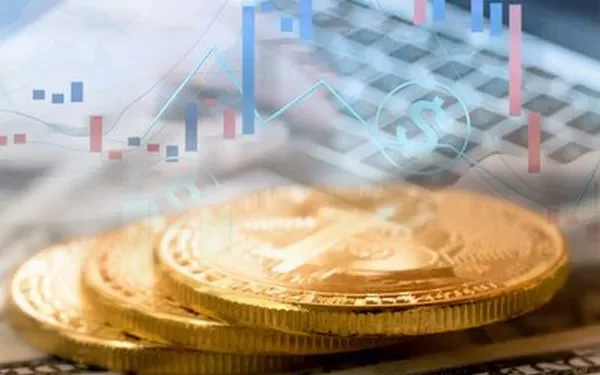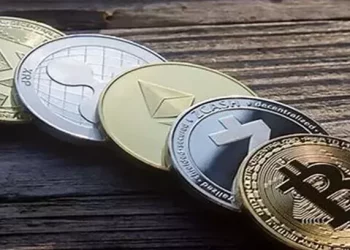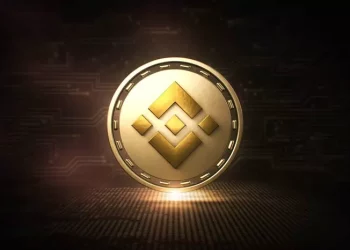In the ever-evolving landscape of the digital world, cryptocurrencies have emerged as a significant player. Digital currency, often referred to as cryptocurrency, has sparked immense interest among investors and tech enthusiasts. For those looking to delve into the world of digital currency, one of the most intriguing aspects is mining. In this article, we will provide a comprehensive guide on how to mine digital currency, ensuring that you’re well-equipped to embark on this exciting journey. By optimizing your mining strategy, you can maximize your returns and make the most out of the digital currency revolution.
Understanding the Basics of Digital Currency Mining
Before you jump into the world of digital currency mining, it’s essential to understand the fundamentals.
1. Digital Currency Defined: Digital currency, often synonymous with cryptocurrency, is a form of decentralized digital or virtual currency. Bitcoin, Ethereum, and Litecoin are some of the most well-known examples.
2. Mining Defined: Mining is the process of validating transactions and adding them to the blockchain. Miners use powerful computers to solve complex mathematical problems, which in turn, secure the network and earn them rewards in the form of digital currency.
3. The Blockchain: The blockchain is a decentralized and distributed ledger that records all digital currency transactions. It’s the backbone of digital currencies, and mining plays a crucial role in maintaining its integrity.
See Also: Can Digital Currency Be Hacked: The Security of CBDC Banking
Selecting the Right Digital Currency to Mine
Choosing the digital currency to mine is a critical decision. Here are a few factors to consider:
1. Popular Options: Bitcoin and Ethereum are some of the most popular choices for mining. They have large communities, higher liquidity, and widespread acceptance.
2. Mining Difficulty: Different digital currencies have varying levels of mining difficulty. Bitcoin, for instance, has a high difficulty level, making it more suitable for experienced miners.
3. Return on Investment (ROI): Consider the potential rewards and the time it takes to recoup your investment. Evaluate your costs, such as hardware, electricity, and maintenance.
Assembling Your Mining Rig
Once you’ve decided on the digital currency to mine, the next step is assembling your mining rig.
1. Hardware Selection: Choose the right hardware for your mining operations. Application-Specific Integrated Circuits (ASICs) are common for Bitcoin, while Graphics Processing Units (GPUs) are more versatile and suitable for other currencies.
2. Mining Software: Install mining software compatible with your hardware. Software like CGMiner, BFGMiner, and NiceHash are popular choices.
3. Power Supply: Ensure you have a reliable power supply, as mining can be power-intensive. Consider the electricity cost and the efficiency of your hardware.
4. Cooling and Ventilation: Adequate cooling is essential to prevent overheating and hardware damage. Invest in cooling solutions and ensure proper ventilation in your mining space.
Joining a Mining Pool
Mining solo can be challenging, especially for beginners. Joining a mining pool can be a more efficient way to mine digital currency.
1. Mining Pools Defined: A mining pool is a group of miners who combine their computational power to increase the chances of earning rewards. When the pool successfully mines a block, the rewards are distributed among the participants based on their contribution.
2. Advantages of Mining Pools: Mining pools offer a steadier income stream and reduce the variance in your earnings. They are an excellent choice for those who want to see regular returns.
3. Popular Mining Pools: Research and choose a reputable mining pool with a good track record. Some well-known options include Slush Pool, F2Pool, and Antpool.
Keeping Your Operation Efficient and Cost-Effective
Efficiency is key to success in digital currency mining, both in terms of performance and cost management.
1. Regular Maintenance: Keep your mining hardware clean and well-maintained. Dust and heat can significantly affect performance.
2. Electricity Costs: Monitor your electricity usage and explore ways to reduce costs. Some miners choose locations with lower electricity rates.
3. Security: Ensure your mining operation is secure from potential threats, including malware and hacking attempts. Use strong passwords and enable two-factor authentication.
4. Backup and Recovery: Implement a robust backup and recovery plan to protect your earnings and ensure you can quickly resume mining in case of hardware failures.
Staying Informed and Adapting to Market Trends
The digital currency landscape is constantly evolving. To stay ahead, it’s crucial to stay informed and adapt to market trends.
1. Market Research: Keep an eye on the digital currency market, as well as the specific currency you’re mining. Be aware of market trends, news, and updates.
2. Network Upgrades: Digital currencies often undergo network upgrades and changes. Stay informed about these changes and adapt your mining strategy accordingly.
3. Diversify Your Portfolio: Consider diversifying your mining efforts across multiple digital currencies to reduce risk and optimize returns.
In conclusion
Mining digital currency is a complex and dynamic endeavor, but with the right knowledge and strategy, it can be a rewarding one. By understanding the basics, selecting the right digital currency, assembling a suitable mining rig, joining a mining pool, maintaining efficiency, and staying informed about market trends, you can navigate the world of digital currency mining with confidence. Whether you’re a beginner or an experienced miner, continuous learning and adaptation are key to success in this exciting and profitable field. Happy mining!
Related topics:

















